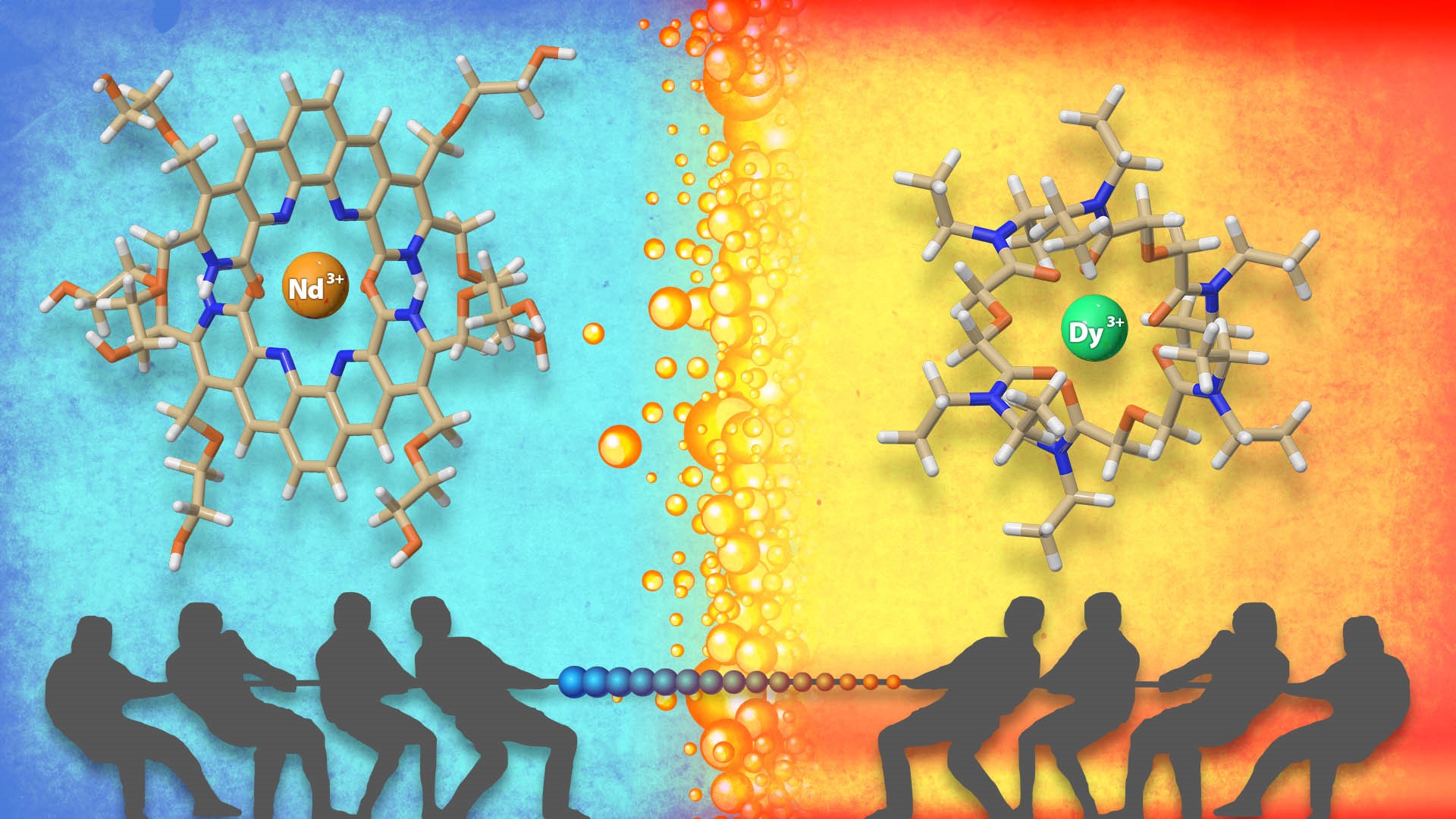
“Tug of War” Tactic Enhances Chemical Separations for Critical Materials
Opposing teams of water-loving and oil-loving molecules separate metals called lanthanides that are important in developing clean energy technologies.

Opposing teams of water-loving and oil-loving molecules separate metals called lanthanides that are important in developing clean energy technologies.
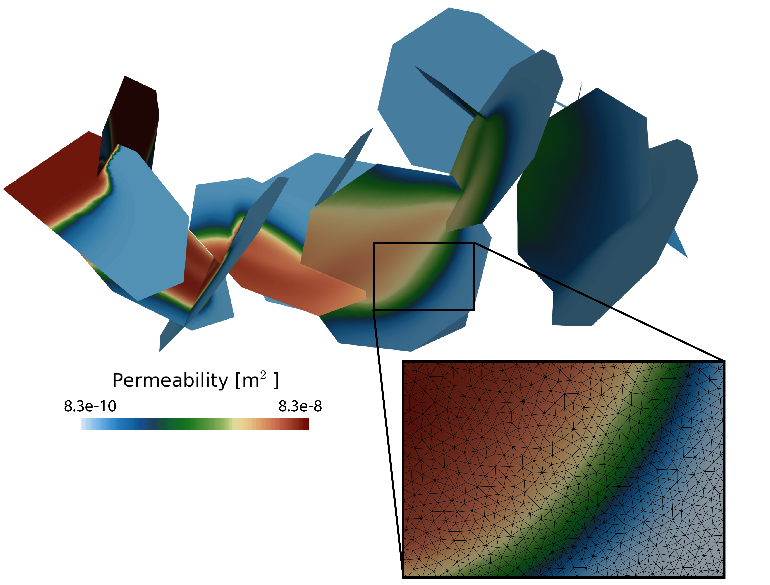
A new correction factor for predicting dissolution rates uses measurable geological properties in fractured media.
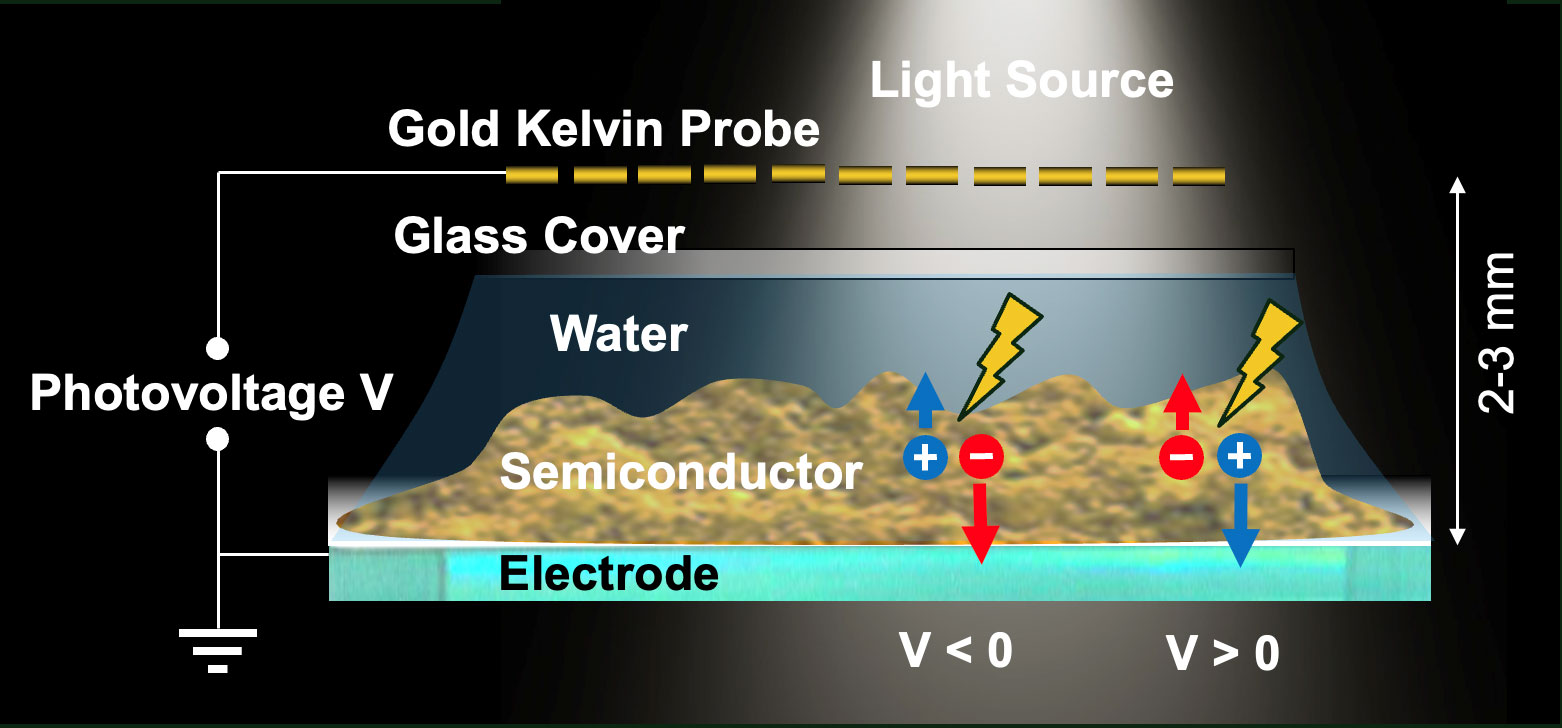
A new experiment determines the energy available to drive chemical reactions at the interface between an illuminated semiconductor and a liquid solution.
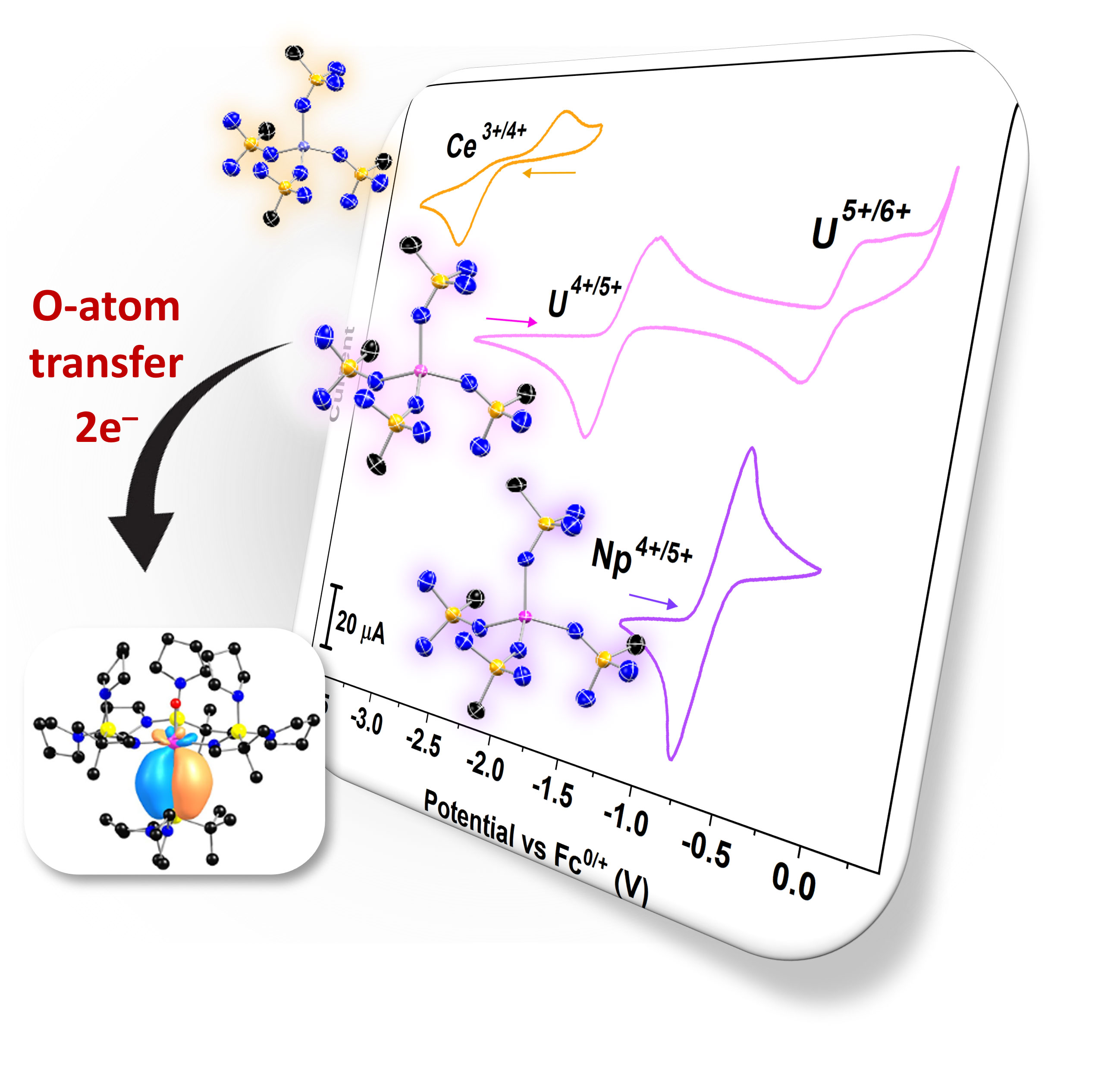
Ligand design and electrochemical studies pave a new path toward stable high-valent mid-actinide complexes.
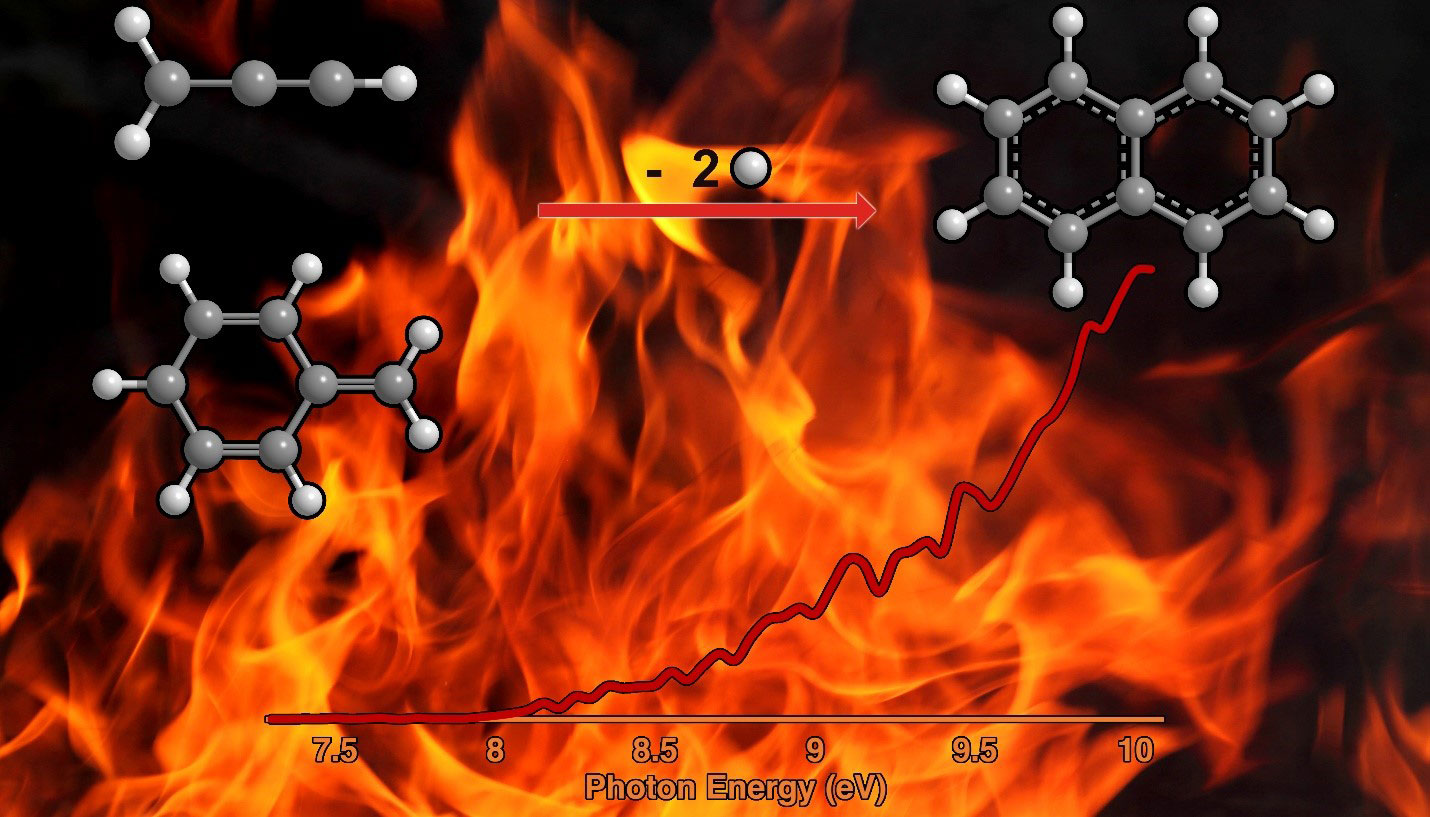
A molecule found in combustion on Earth and surrounding some stars can lead to the formation of an important organic hydrocarbon.
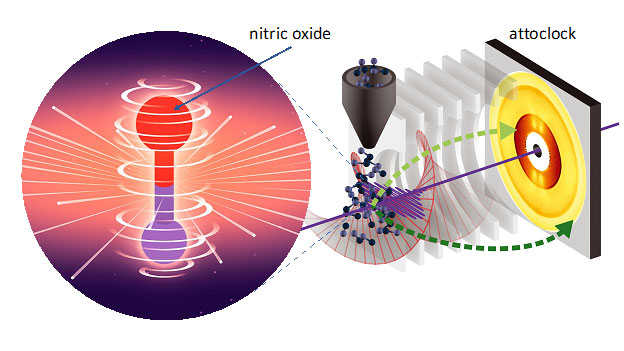
Scientists illuminate the quantum dynamics of electrons in highly excited molecules.
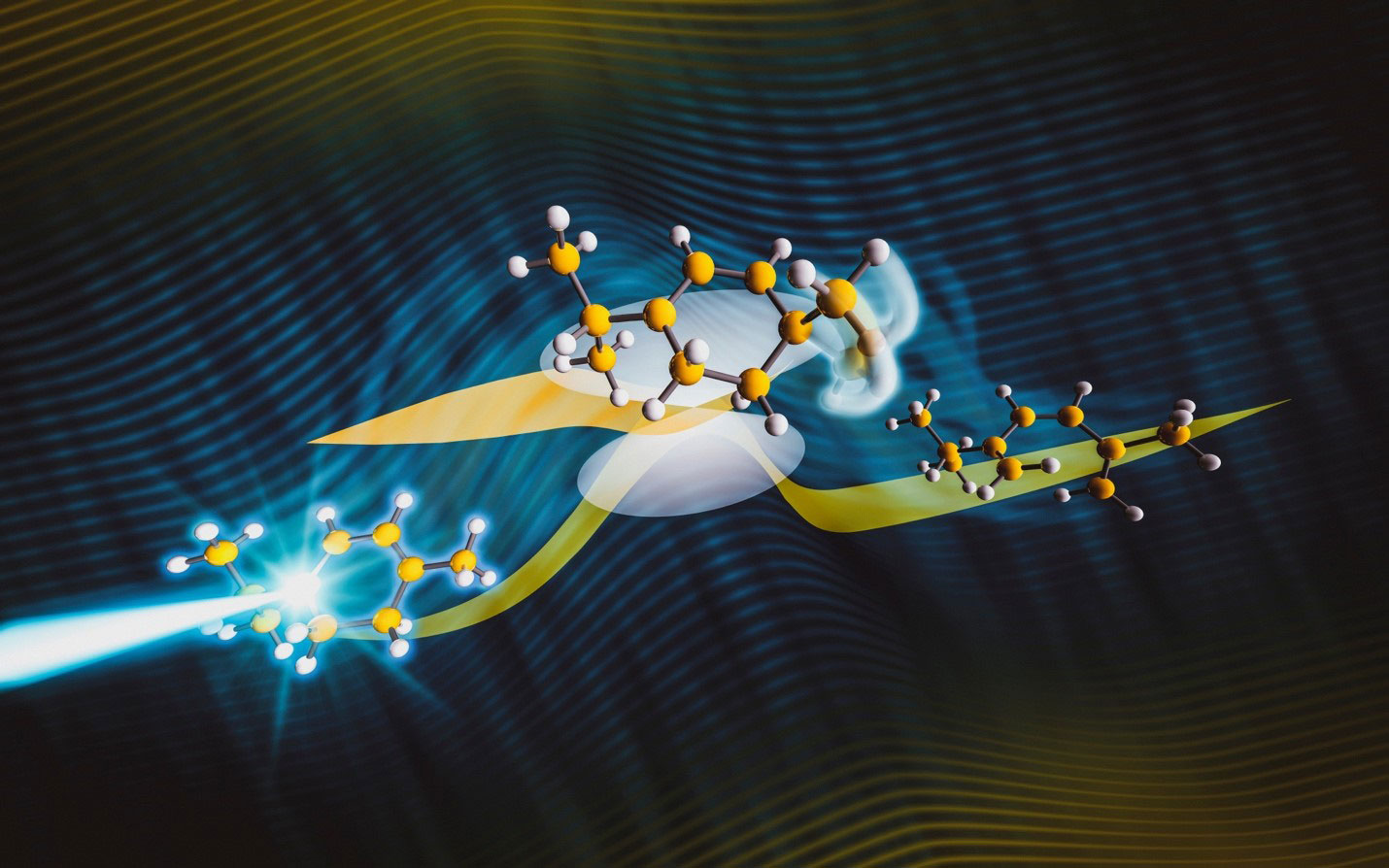
Researchers used ultrafast electron diffraction to image the structure of the pericyclic minimum, the “transition state” of electrocyclic reactions.
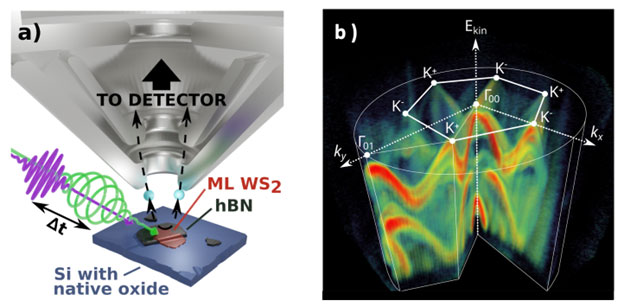
Scientists image the complete set of light-induced quantum states in 2-D crystals of tungsten disulfide and reveal the mechanisms coupling these states.
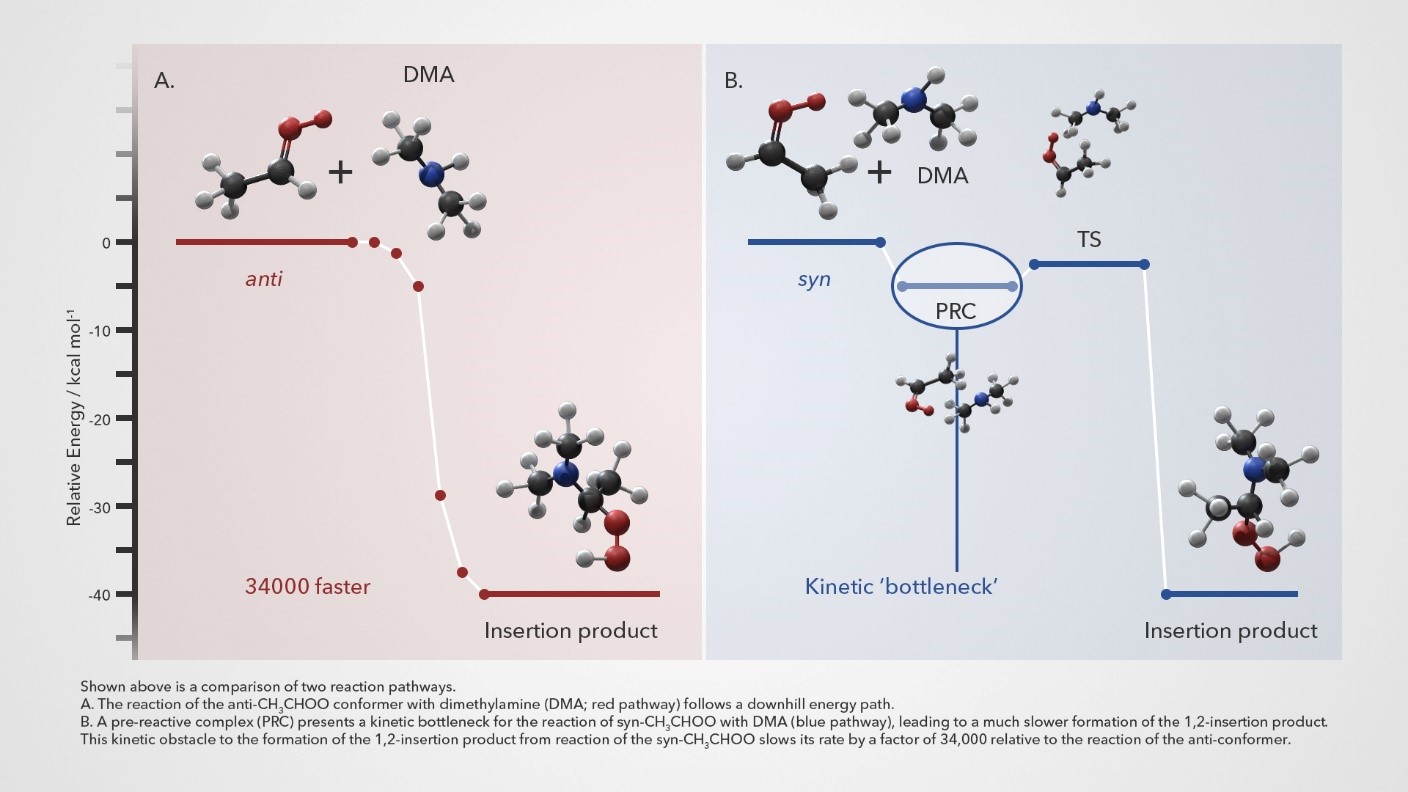
Researchers find that different conformers of a type of atmospheric molecular intermediates react differently with the pollutant dimethyl amine.
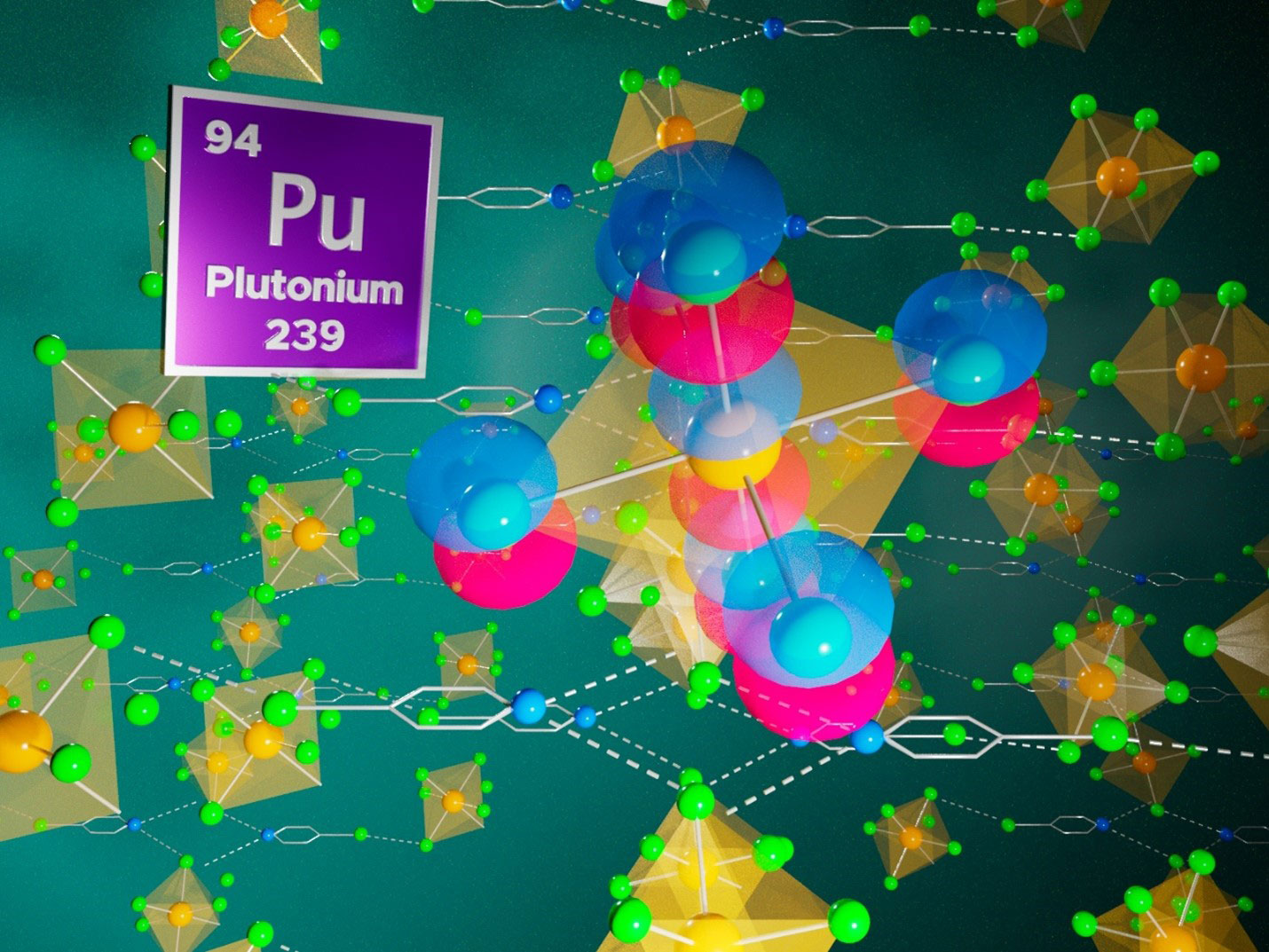
Researchers combined crystallographic data and computational studies to investigate plutonium-ligand bonding within a hybrid material construct.
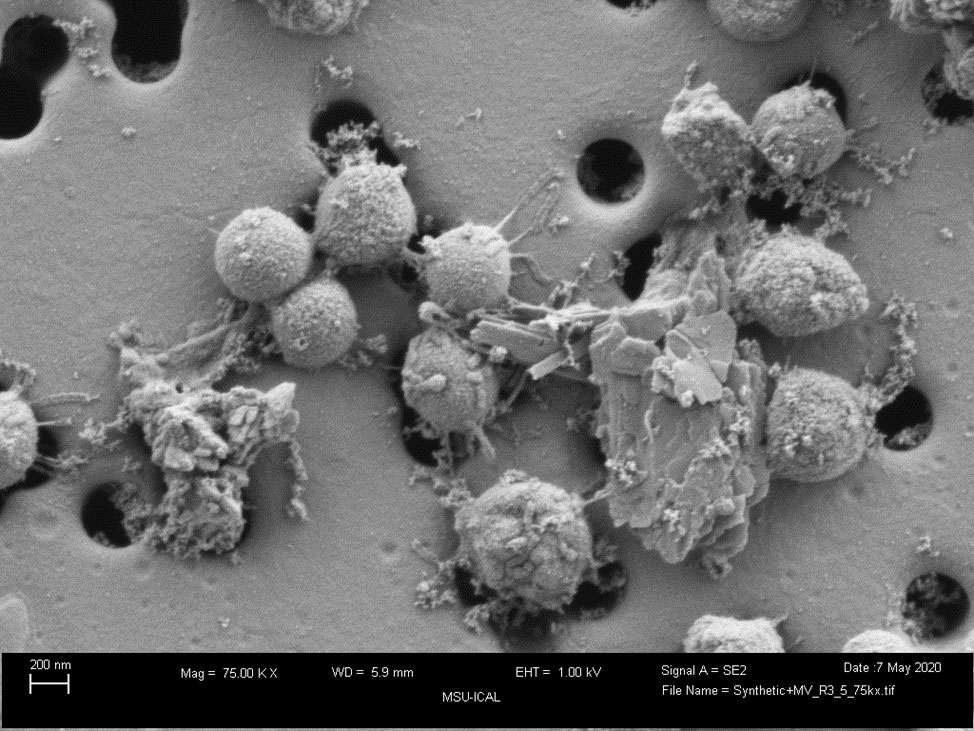
Understanding how methanogenic bacteria can “bio-mine” minerals advances biotechnology and helps scientists understand the Earth’s geological history.
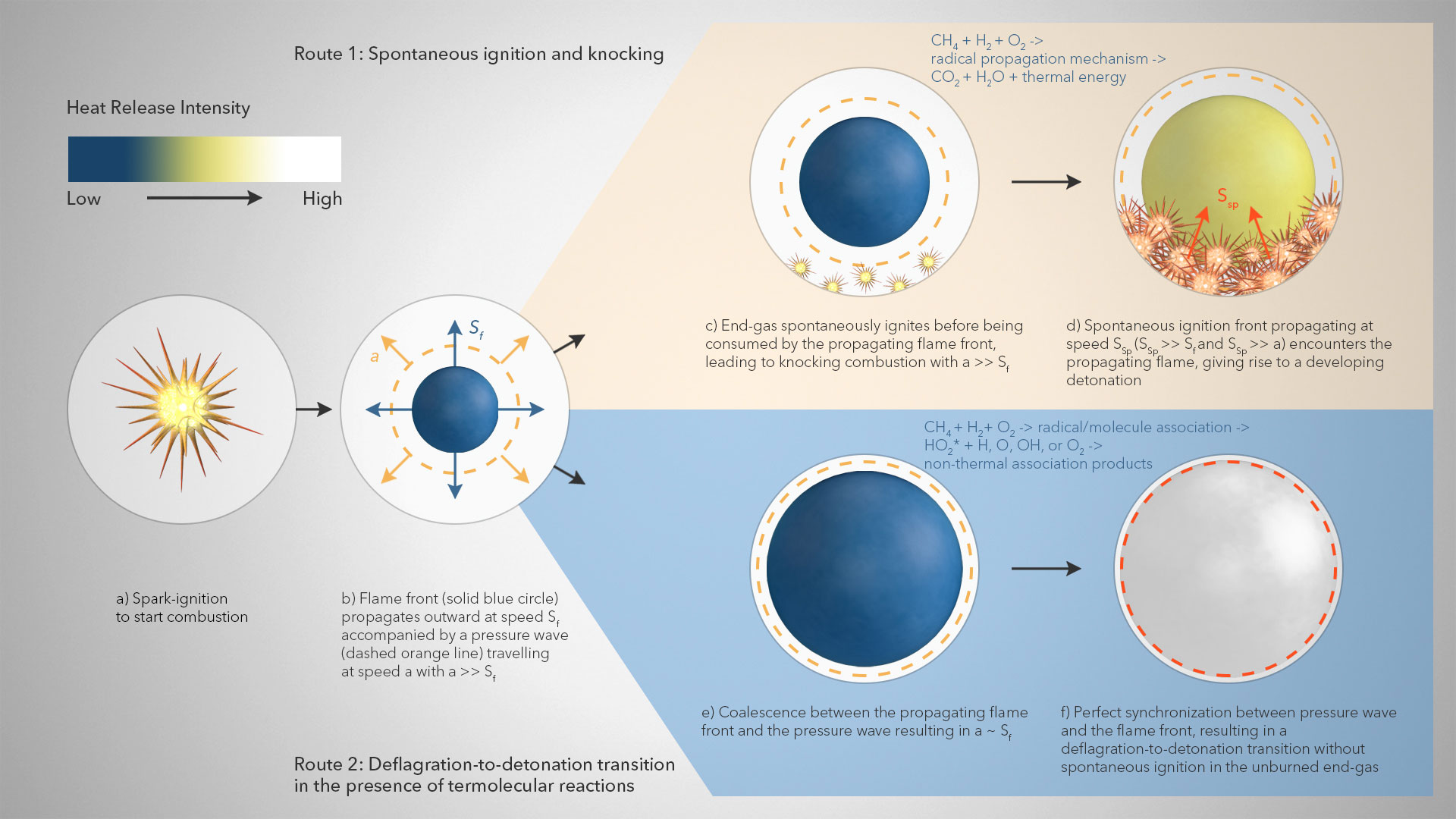
Scientists analyzed detonation formation in hydrogen/methane air mixtures, quantifying the effect of non-thermal reactions on the mechanism of detonation.